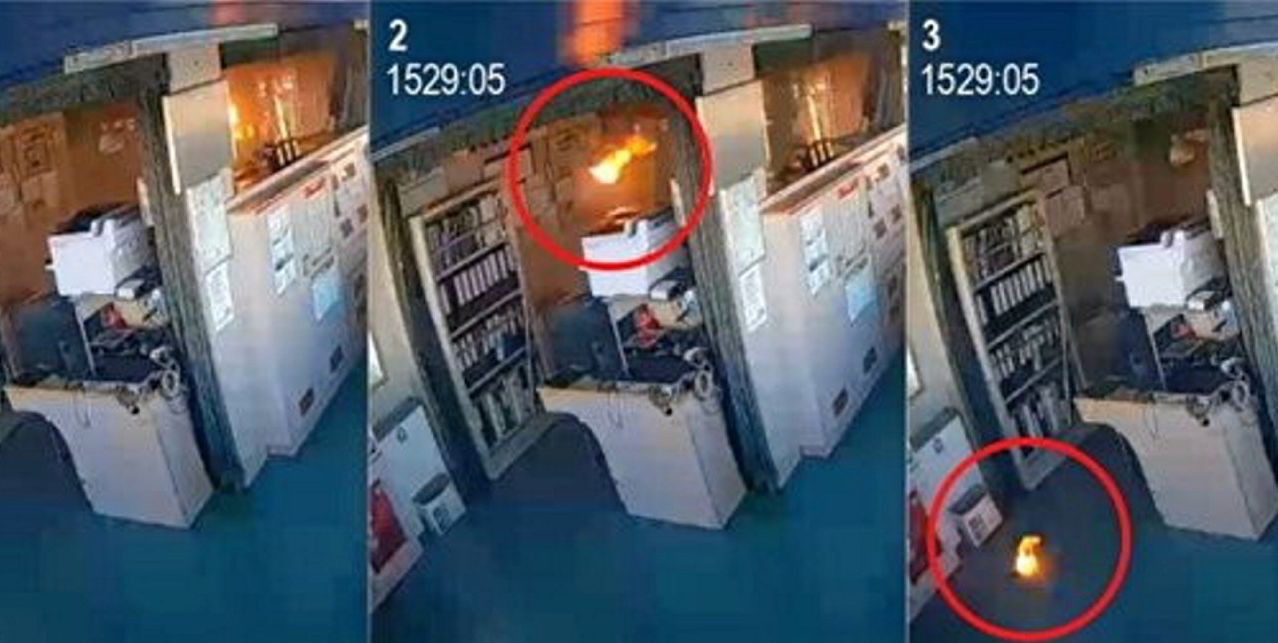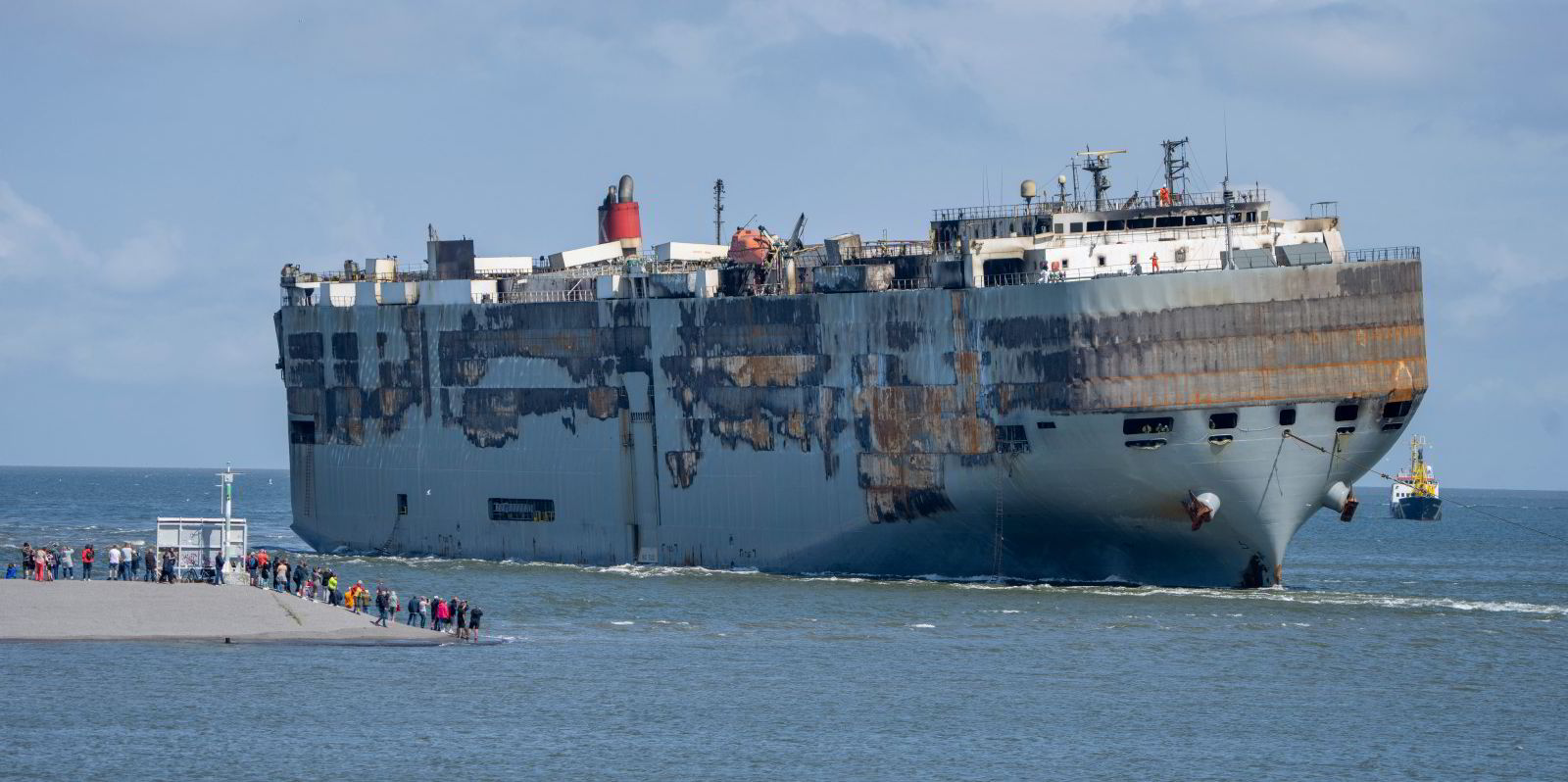The safety of lithium-ion batteries has again come into focus following the release of an investigation by the US National Transportation Safety Board (NTSB) into the cause of a fire that destroyed the bridge of a Stalwart Management aframax tanker.
The NTSB said in its report released on Thursday that the November 2022 fire on the 106,000-dwt crude carrier S-Trust (built 2005) was caused when a handheld radio’s lithium-ion battery exploded on the ship’s bridge.
“The oil tanker S-Trust was docked at the Genesis Port Allen Terminal on 13 November 2022, when a fire started on the bridge. The fire was caused by one of the cells in a lithium-ion battery for an ultra-high-frequency handheld radio exploding. The batteries and chargers for the handheld radios were located on the communications table on the bridge,” the NTSB said.
The ship’s bridge was unattended at the time as the crew were managing and controlling the transfer of the ship’s cargo from the cargo control room.
The master, in his office one deck below the bridge, was alerted to the fire when footage of the room was cut from the ship’s closed-circuit television.
The master immediately went to the bridge to investigate and sounded the alarm upon discovering the blaze.
The tanker’s crew extinguished the flame, but not before navigation, communication and alarm systems on the bridge were damaged beyond use. There was no damage to any of the lower decks in the superstructure and no injuries were reported.
The NTSB said the fire caused $3m in damage to the ship.
Lithium-ion batteries are a growing safety concern. Able to store large amounts of energy, they may spontaneously experience a thermal runaway — a chemical reaction that might result in the cell igniting — if it is damaged, shorted, overheated, faulty, or overcharged. The fire burns out after all the energy that was stored in the battery is consumed.
Burning lithium creates a metal fire with temperatures of 2,000℃. Explosions can result from the abrupt release of the enormous amounts of energy stored.
Lithium-ion batteries in a cargo of electric cars are strongly suspected of having caused the fire on the 6,200-ceu Fremantle Highway (built 2013) in the North Sea this past July.
The NTSB noted that according to Solas regulations, the bridge of a vessel is defined as a control station and is not required to have fire and/or smoke detectors.
The investigation report highlighted the shortcomings of the Solas regulations given the widespread practice of storing and charging lithium-ion-powered devices on ships’ bridges.
“Due to the potential for rapid expansion of a lithium-ion battery fire, detection, containment and extinguishment are essential to prevent damage to a vessel,” the NTSB concluded.





